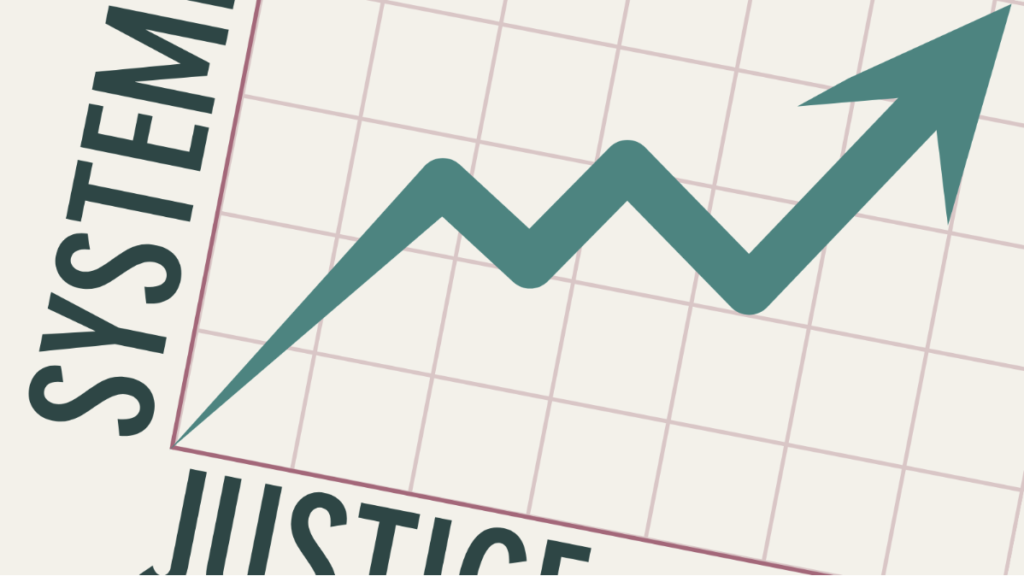One of the obstacles to bringing court cases can be financial. Getting legal advice can be expensive due to lawyers’ fees, and what bringing an actual case costs – collecting evidence, attending hearings, paying court fees – can be difficult to oversee. This applies all the more when you are looking at using litigation strategically, where you are often working with longer-term planning, and where cases tend to be bigger, more complex, and part of a broader set of legal interventions and advocacy activities. In addition, the work quite often only starts when the court has made a decision: what you do next (implementation or leveraging a loss) is what will make the change you are pursuing a reality. The topic of resourcing therefore often comes up in the conversations with our community partners.
Money is an important topic: after all, out partners need to be able to engage in litigation work sustainably, and over a long period of time. In this blog post, we’re providing an overview of some of the questions we get asked most frequently when it comes to financing community-driven legal cases.

What does litigation cost?
The cost of a litigation project needs to be determined on a case-by-case (no pun intended) basis. Besides fixed elements such as court fees and lawyers’ costs, which we’ll talk about in the next section, there is a great number of variables to examine.
Depending on the strategy our community partner will want to pursue, there can be a need to do original research (for example for evidence purposes), get support from experts (for example to do analysis or provide expert testimony), or to resource extensive campaigning and public awareness raising work around the case.
As we work in a community-centred and trauma-informed way, one thing we will always look at as well is what is needed for our community partners to be able to do the work in a sustainable, supported, and safe manner over a longer period of time. This means looking at the need to resource organising capacity for the community partner, assessing support needs such as psycho-social assistance to mitigate the impact of possibly (re)traumatising casework, and looking at capacity building needs such as media training. This means, as part of the process of designing a litigation strategy, we identify the resourcing needed to bring the strategy to life in a sustainable and effective way.
Factors such as location also have an important impact: if a community is not located close to where any cases are brought, there may be travel costs to attend hearings. Court- and other fees also vary greatly across Europe.
Looking at what is needed to robustly and responsibly resource a litigation process is part of the case development process, and something we do together with our partners.
What do we pay the lawyers?
While we are “the movements’ law firm”, we do not charge our community partners for our work like a normal law firm would. Communities need to be able to come to us and explore strategic litigation options for their campaigns for change without the barrier or burden of financial cost. We are a non-profit organisation that fundraises for our team’s salaries and our running costs, so that we can fulfil our mission to radically change how the law works for communities fighting for racial, social, and economic justice.
Developing and running litigation projects together with communities is a central part of that mission. Our time, advice, and services are therefore free for the communities we serve. It is also one of our fundraising parameters that “we do not want to rely on donations from the communities we’re working with” meaning “we will not seek direct donations from the communities we serve”.
Any lawyers from outside Systemic Justice that we work with in a litigation project, however, will need to be compensated. These costs will be part of the overall cost assessment we’ll make as part of the case development process. We will write about how we are developing our framework for lawyers’ fees separately but suffice it to say here that we try to balance the need for high quality legal support for our partners with a legal services market that has huge variations in how it approaches and prices public interest litigation work.
How can we resource the cost of litigation?
Once we have determined the costs for a litigation project, we will work with our community partner to fundraise to get the project financed. Here, we will look at how we can support them with approaching funders, making connections, support in the application drafting process, and so on. The objective is to ensure funding for the community partner’s work goes to the community partner directly: we are their partner and not a regranting organisation.
One of the challenges we are proactively thinking about is that funding application processes take time, and that resourcing will often be one of the key obstacles for our partners to commence with the work. We are therefore talking to funders about exploring the possibility of setting up a pooled fund, from which community partners could draw money through a lightweight process, allowing them to get started while the longer-term fundraising work unfolds.

What is the financial risk?
In some countries, the person who loses a court case runs the risk of having to pay the other party’s legal costs. Such “adverse cost orders” can run high, posing a real threat to the financial stability and sometimes even the very existence of a small organisation or collective. It is another financial barrier to pursuing change through the courts.
There are a few ways in which this risk can be mitigated, though it will never be possible to completely eliminate it.
Discussing risk is part of the case development process, and the financial aspect is part of that conversation, as well as our risk mitigation framework. Depending on our community partner’s position on cost, we will design a risk mitigation strategy that matches what they are comfortable with.
What happens if we win?
While the outcome of a case quite often will not be monetary – in fact, we have argued before that we should look at remedies in a more holistic way, focusing on restoration and community healing – there may be times where compensation or another sum will be paid to the community partner.
As we shared previously when speaking about our approach to community-driven litigation, which is an adaptation of the design justice principles:
We jointly design strategic litigation processes that are aimed at sustainable, community-led, and community-owned outcomes. This means that the outcomes of litigation feed back into communities’ campaigns for change, that the litigation is part of a longer-term and sustained movement, and that successes are owned collectively by the community rather than an individual lawyer, organisation, or claimant.
Our community partners are therefore, as they are throughout the process, the owners and decision-makers when it comes to determining what to do with any compensation paid, and how that can best help heal and sustain their community at large.
Do let us know if you have any other questions about litigation and money – we plan to update this blog regularly as we come across new questions raised by our community partners.
